The streets of old Shanghai during the Republic of China era were a symphony of contrasts, where the sultry notes of American jazz intertwined with the delicate melodies of traditional Chinese instruments. This unique musical fusion, born in the smoky cabarets and bustling tea houses of the 1920s-1940s, created a soundscape that was neither wholly Eastern nor Western, but something entirely new – a sonic embodiment of Shanghai's status as the "Paris of the East."
Walking into a typical Shanghai nightclub of the period, one would encounter a fascinating cultural hybrid. Chinese musicians in Western-style suits played trumpets and saxophones alongside erhu and pipa masters, creating arrangements that blended Duke Ellington with Cantonese folk tunes. The legendary Buck Clayton, an American jazz trumpeter who played with Shanghai's Charlie's Bar orchestra, once remarked that Shanghai jazz musicians "played our music better than we did ourselves, but with this Chinese feeling that made it special."
This musical alchemy didn't happen by accident. Shanghai's position as an international treaty port created a melting pot where Russian émigrés, Jewish refugees, American sailors, and Chinese intellectuals mingled freely. The Great World amusement center became ground zero for this cultural exchange, with six floors offering everything from Peking opera to foxtrot dance halls. Chinese composers like Li Jinhui began incorporating jazz rhythms into popular shidaiqu (modern songs), while Western musicians experimented with pentatonic scales.
The gramophone revolution of the 1920s accelerated this fusion. Record companies like Pathé and EMI's Chinese subsidiary rushed to document the new hybrid styles. Chinese singers like Zhou Xuan, later known as the "Golden Voice," recorded jazz-inflected Mandarin pop that sold millions. Her 1937 hit "The Wandering Songstress" featured a traditional Chinese melody set against a swinging big band arrangement - the perfect musical metaphor for a city caught between tradition and modernity.
Instrumentation told its own story of cultural negotiation. The banjo, introduced by American sailors, became a staple in Shanghai jazz bands, its bright tones blending surprisingly well with the nasal quality of the erhu. Meanwhile, the pipa (Chinese lute) players developed techniques to mimic the walking bass lines of jazz. This wasn't mere imitation - it was a creative dialogue where instruments spoke to each other across cultural divides.
Political turbulence shaped the music as profoundly as artistic innovation. The Japanese occupation (1937-1945) brought censorship but also an ironic cultural protectionism - Chinese musicians barred from playing American jazz often developed more sophisticated adaptations using traditional instruments. Post-war Shanghai saw a brief revival before communist victory in 1949 silenced the jazz scene for decades. Many musicians fled to Hong Kong, where the Shanghai-style jazz influenced the development of Cantopop.
Today, this musical legacy enjoys a renaissance. Contemporary artists like Zhang Le and the JZ Music collective are reimagining old Shanghai jazz for new audiences. Archival recordings reveal astonishing sophistication - the 1940s White Rainbow Band could swing as hard as any American group while retaining distinctly Chinese phrasing. Musicologists now recognize old Shanghai as one of the 20th century's most vibrant crucibles of musical innovation, where East didn't just meet West, but danced with it through the night.
The enduring appeal of this music lies in its emotional authenticity. Beneath the cosmopolitan surface, these were songs of longing - for home, for lost love, for a vanishing way of life. When Bai Guang, the "Chinese Billie Holiday," sang "Waiting for You to Return" with its bluesy inflections, she channeled the collective yearning of a generation caught between worlds.
This emotional resonance, more than any technical innovation, explains why old Shanghai's music still captivates us today. In the end, the jazz of Republican Shanghai represents more than a historical curiosity. It stands as testament to music's power to bridge cultures during turbulent times. The musicians of old Shanghai didn't just play notes - they negotiated identities, challenged boundaries, and created beauty from collision. Their legacy reminds us that the most enduring art often emerges from the spaces between - between East and West, tradition and modernity, joy and sorrow. As we listen to these crackling old recordings today, we hear not just a bygone era, but a vision of cultural harmony that still feels remarkably fresh.
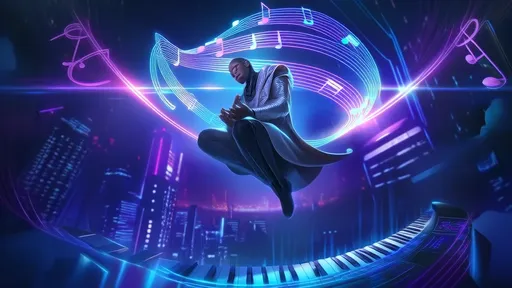
By /Aug 7, 2025

By /Aug 7, 2025
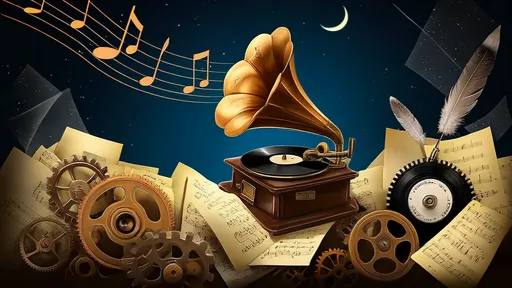
By /Aug 7, 2025
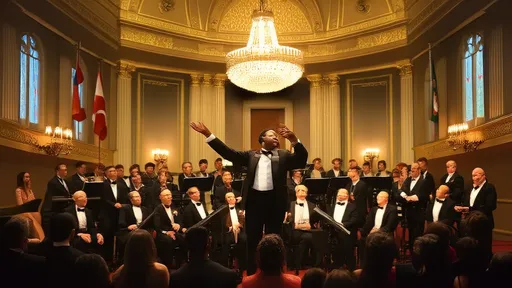
By /Aug 7, 2025
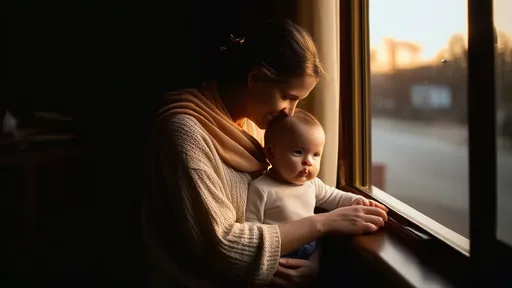
By /Aug 7, 2025
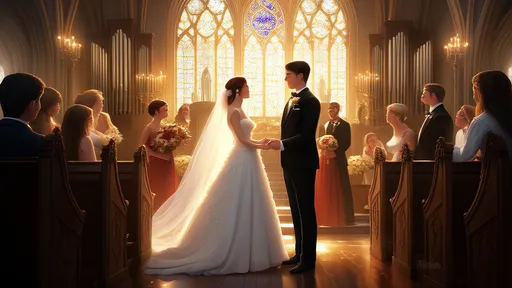
By /Aug 7, 2025
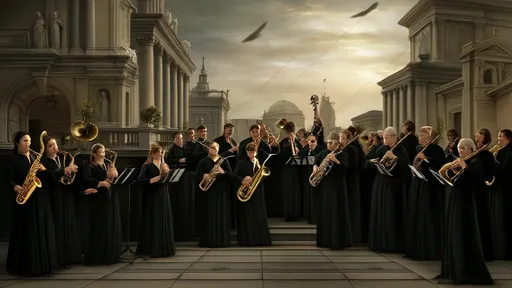
By /Aug 7, 2025
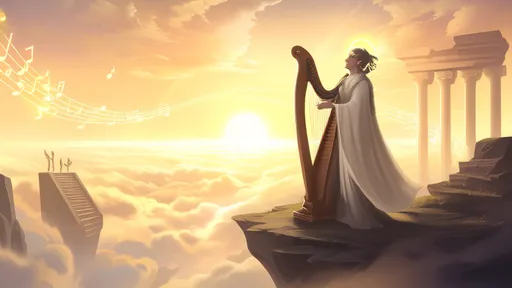
By /Aug 7, 2025
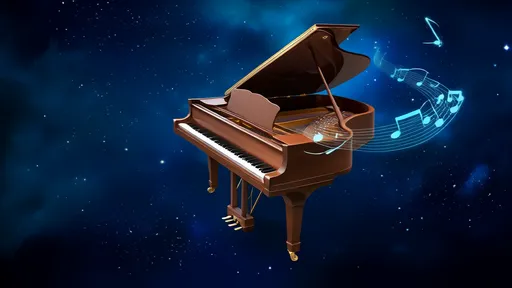
By /Aug 7, 2025
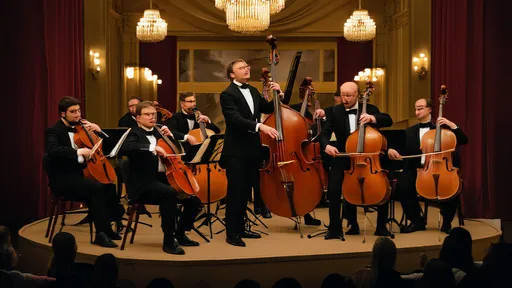
By /Aug 7, 2025
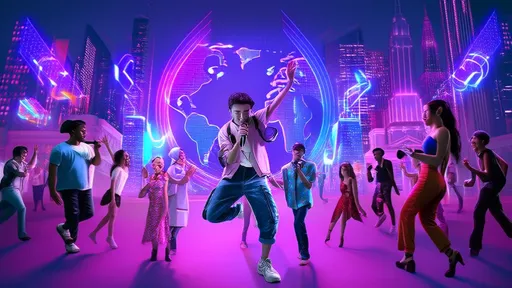
By /Aug 7, 2025
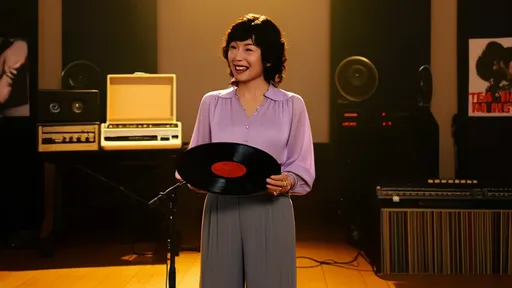
By /Aug 7, 2025

By /Aug 7, 2025
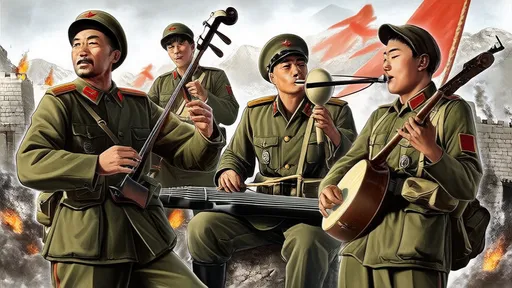
By /Aug 7, 2025
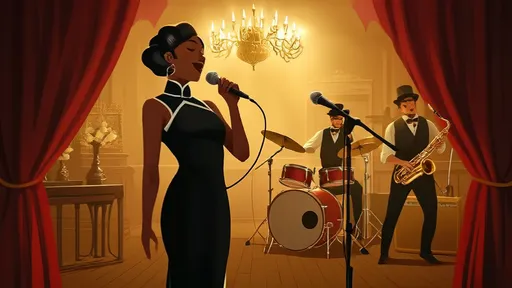
By /Aug 7, 2025
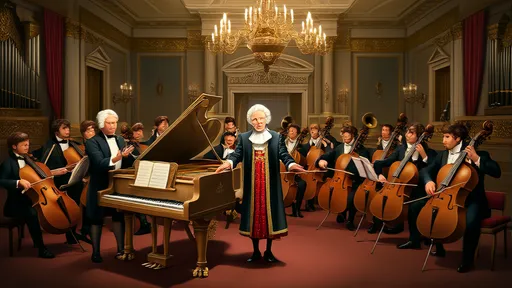
By /Aug 7, 2025
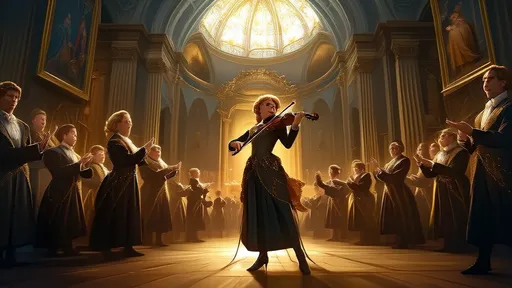
By /Aug 7, 2025

By /Aug 7, 2025
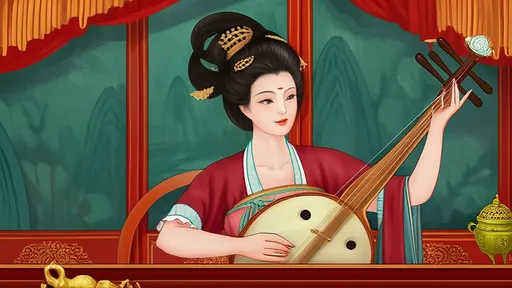
By /Aug 7, 2025
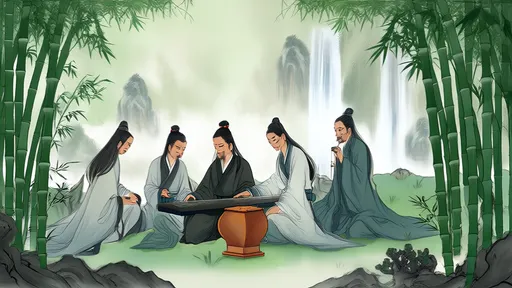
By /Aug 7, 2025